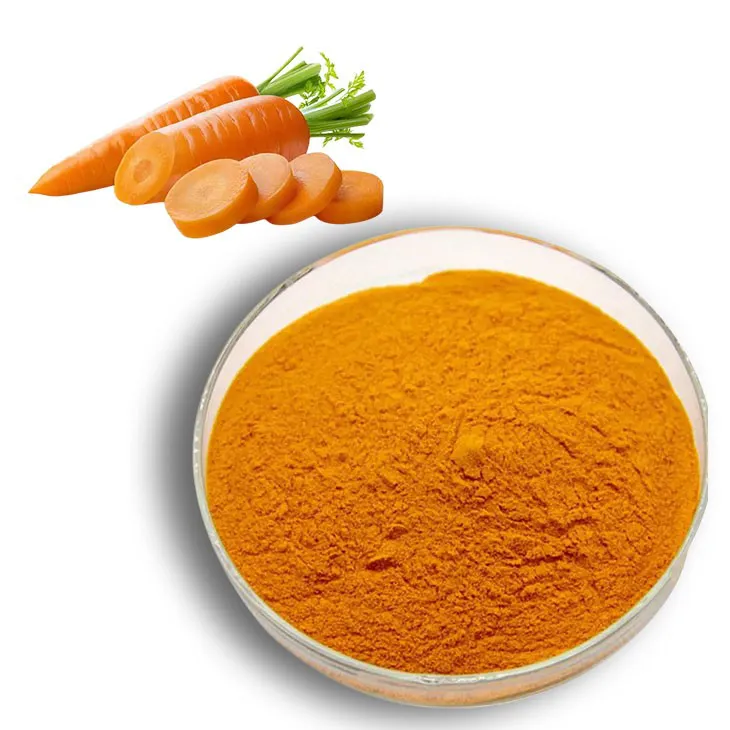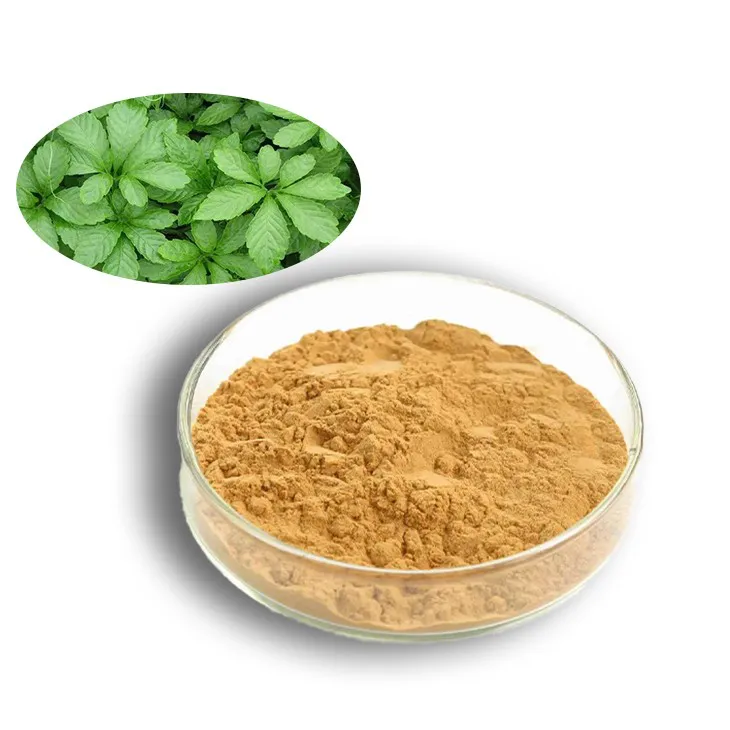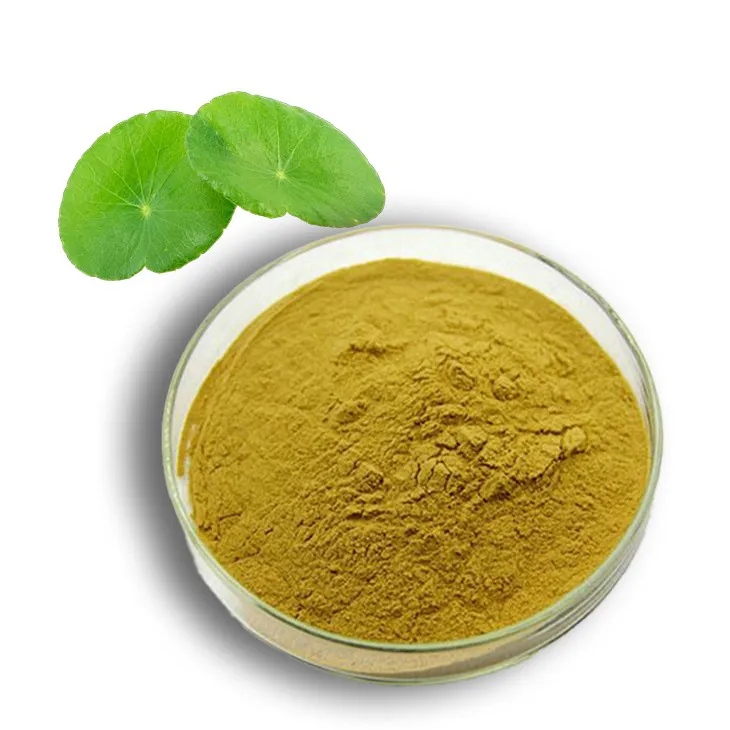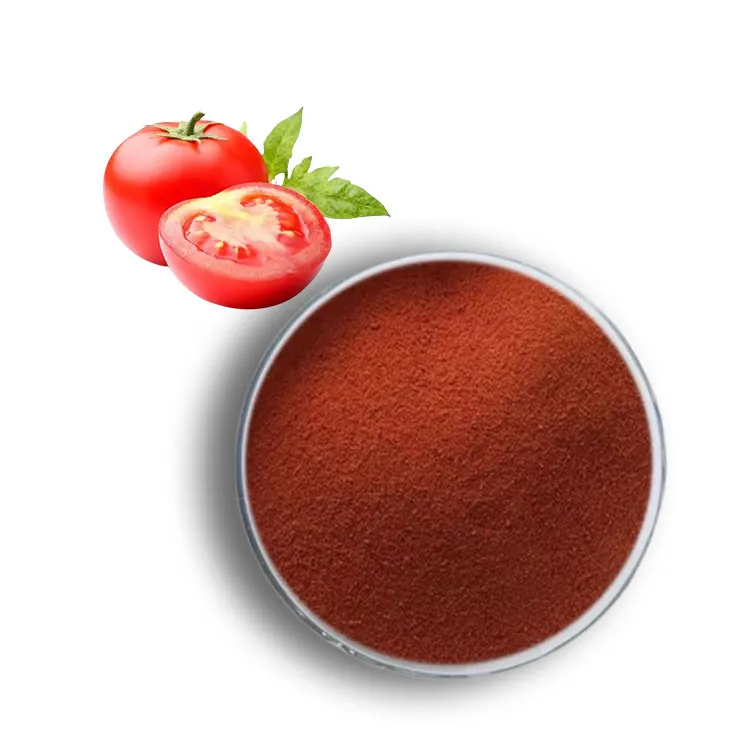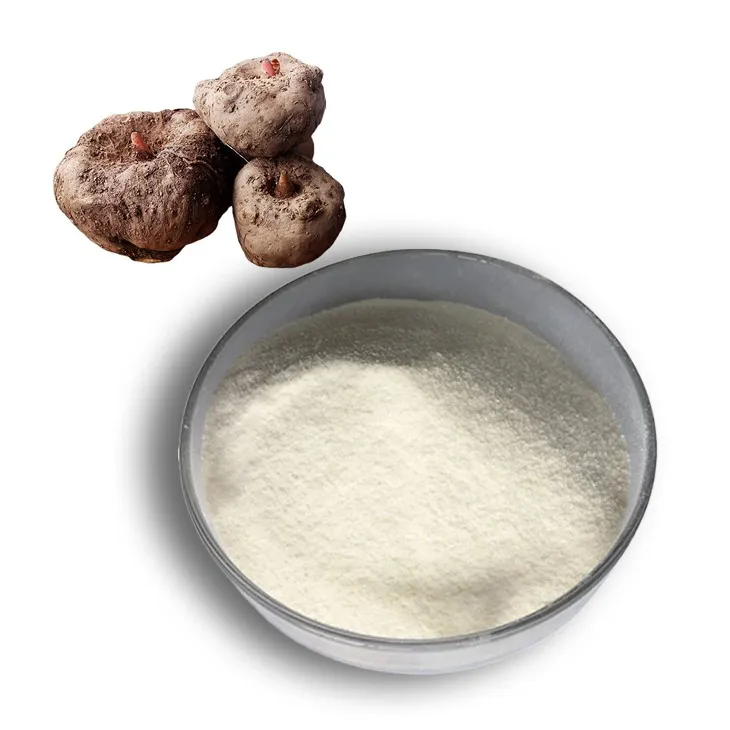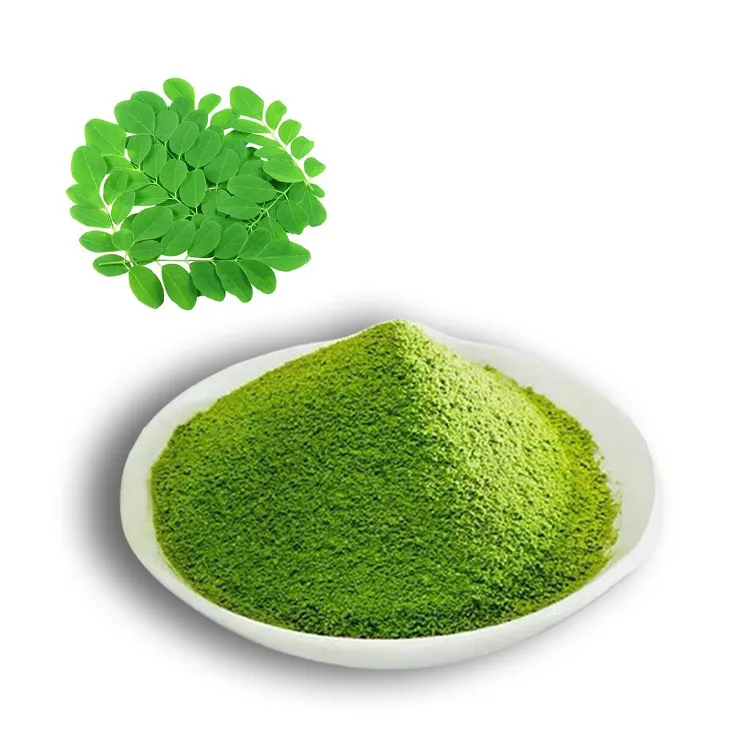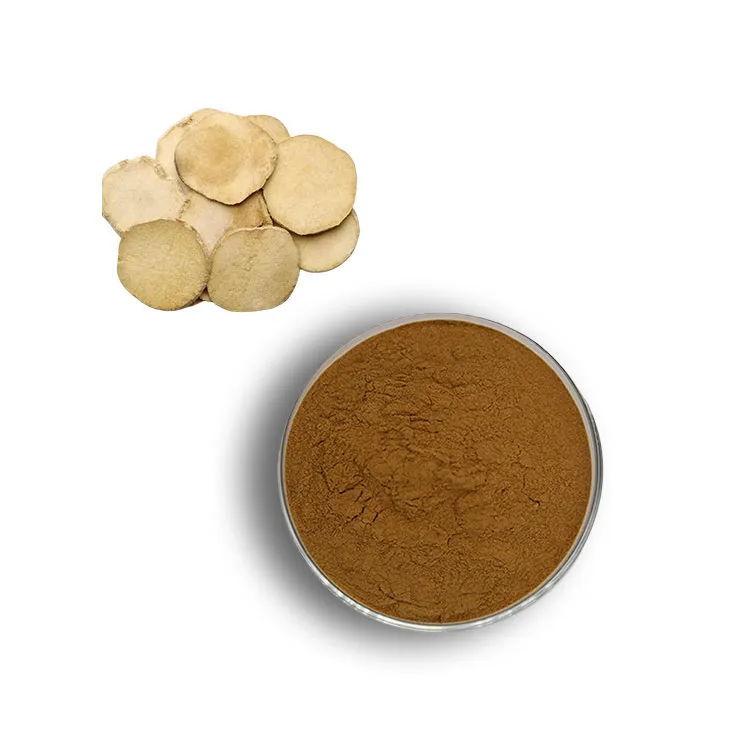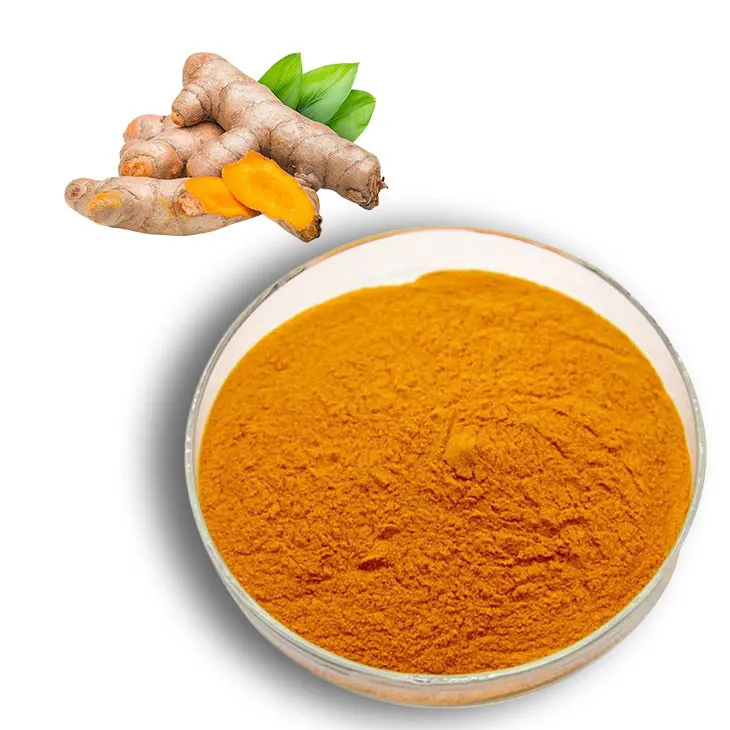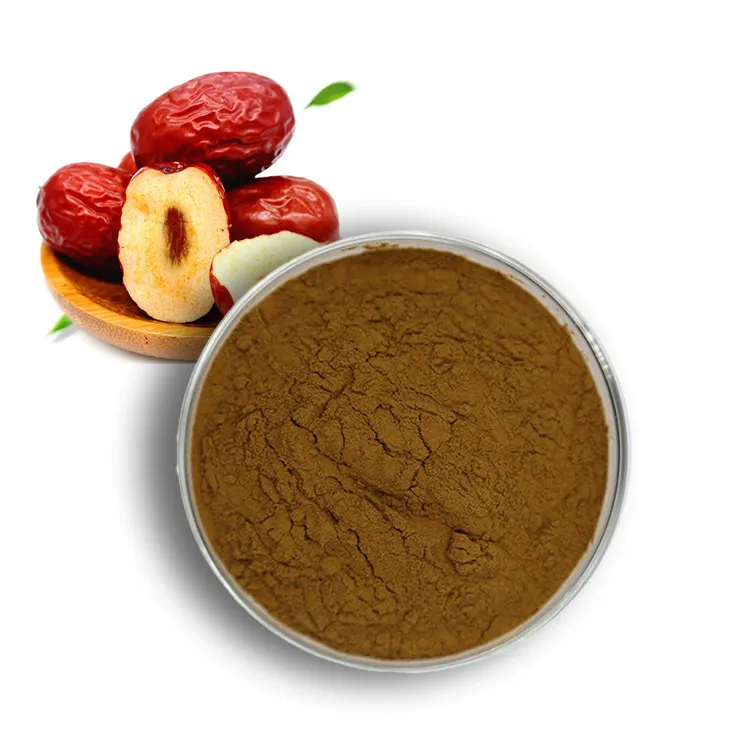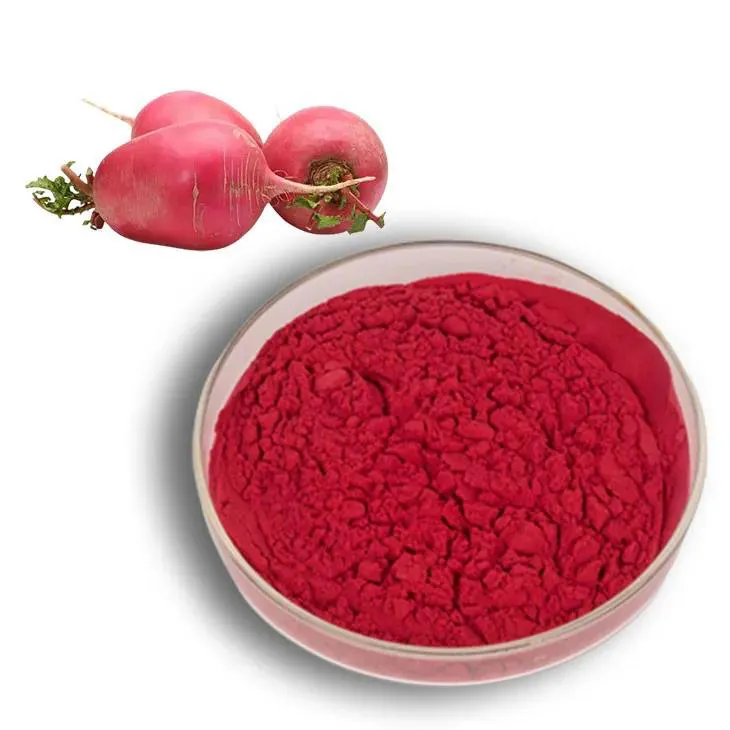- 0086-571-85302990
- sales@greenskybio.com
Horehound: Benefits and Uses
2025-05-01
Horehound, scientifically known as Marrubium vulgare, is a robust flowering plant belonging to the mint family. Native to regions around the Mediterranean and Central Asia, horehound has a long history of medicinal use, dating back to ancient Greece and Rome. Its widespread availability today is due to its adaptability, allowing it to grow in diverse environments across all continents.
Phytonutrients and Health Benefits
Horehound thrives in dry, sandy, or rocky soils and typically grows along roadsides and in fields. It is easily identifiable by its gray-green, woolly leaves and small white flowers in dense clusters. The plant's leaves and flowers are predominantly used for medicinal purposes.
Horehound is rich in phytonutrients, including:
- Marrubin: A bitter compound considered to be the primary active constituent with various medicinal effects.
- Flavonoids: Antioxidants like luteolin and apigenin with anti-inflammatory properties.
- Tannins: Compounds that treat digestive issues due to their astringent effects.
- Volatile oils: Including thymol and carvacrol, which give horehound its distinctive aroma and therapeutic benefits.
Historically, horehound has been used to address respiratory and digestive issues. Key benefits include:
- Respiratory health: Horehound is known for its expectorant properties, aiding in the treatment of coughs, bronchitis, and asthma by loosening mucus in the respiratory tract.
- Digestive support: Its bitter compounds stimulate digestive juices, easing symptoms of indigestion, bloating, and gas.
- Immune system support: Antioxidants and anti-inflammatory compounds bolster immune health, reducing infection risk.
- Skin relief: Topically, horehound helps treat minor skin irritations such as rashes and insect bites.
Medicinal and Culinary Uses
Horehound is prepared in various forms like teas, syrups, tinctures, and lozenges. Horehound candy is a traditional remedy cherished for soothing sore throats and coughs. Modern herbalists continue to recommend horehound for its therapeutic benefits, often combined with other herbs.
Horehound has a unique flavor, both bitter and minty. Though acquired, it enhances culinary dishes such as:
- Horehound tea: A calming beverage, often sweetened with honey to offset bitterness.
- Horehound syrup: Used for sore throat and cough relief.
- Horehound candy: Combines horehound extract with sugar for medicinal candy.
- Horehound jelly: A sweet spread for toast or crackers.
- Horehound ale: An herbal beer featuring horehound for a distinct taste.
Cultural and Historical Significance
Horehound's use extends to ancient Greece, where Dioscorides recommended it for respiratory ailments. It was prevalent in medieval Europe’s herbal pharmacopeia and believed protective during the Black Plague. Horehound has ties to purification and protection in various folklore and traditions.
Versatile and rich in phytonutrients, horehound remains a valuable herb with numerous therapeutic applications. Whether enjoyed as a tea, used in culinary dishes, or taken as a supplement, horehound adds natural support to respiratory and digestive health while contributing to overall vitality.
- ▶ Hesperidin
- ▶ citrus bioflavonoids
- ▶ plant extract
- ▶ lycopene
- ▶ Diosmin
- ▶ Grape seed extract
- ▶ Sea buckthorn Juice Powder
- ▶ Beetroot powder
- ▶ Hops Extract
- ▶ Artichoke Extract
- ▶ Reishi mushroom extract
- ▶ Astaxanthin
- ▶ Green Tea Extract
- ▶ Curcumin Extract
- ▶ Horse Chestnut Extract
- ▶ Other Problems
- ▶ Boswellia Serrata Extract
- ▶ Resveratrol Extract
- ▶ Marigold Extract
- ▶ Grape Leaf Extract
- ▶ blog3
- ▶ Aminolevulinic acid
- ▶ Cranberry Extract
- ▶ Red Yeast Rice
- ▶ Red Wine Extract
-
Beta Carotene
2025-05-01
-
Gynostemma pentaphyllum extract
2025-05-01
-
Centella Asiatica Extract
2025-05-01
-
Lycopene
2025-05-01
-
Konjac Powder
2025-05-01
-
Moringa powder
2025-05-01
-
Alisma Extract
2025-05-01
-
Curcuma Longa Extract/Turmeric extract
2025-05-01
-
Jujube Extract
2025-05-01
-
Beetroot juice Powder
2025-05-01











